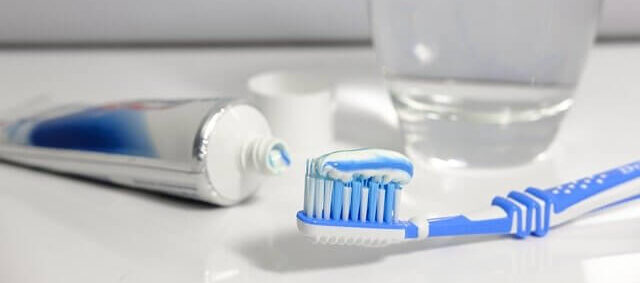Cavites (dental Caries)
Cavities, in some cases, may not be large enough to puncture the enamel and can be prevented from doing so with better dental practices. However, if the cavity has broken through the enamel the cavity will usually need a filling or onlay to stop the decay from becoming worse. More serious cavities will require more complex treatments to stop the decay from spreading.Trivia
- Cavities are so common, that the majority of the population will have had at least 1.
- A cavity doesn’t need to be treated if it is considered minor.
- You may have a cavity and not be able to see it, the dentist will need to take an x-ray.
6 Different Types Of Cavities
Class I
Class 1 cavities form in the pits of teeth, they appear on the biting surfaces of the teeth.
Class II
Class 2 cavities start in between the back teeth, including your molars.
Class III
Class 3 cavities form on the sides of the front teeth, but not on the biting surfaces.
Class IIII
Class 4 cavities form on the sides of the front teeth, but they include the biting surfaces.
Class IV
Class 5 cavities appear near the gum line.
Class VI
Class 6 Cavities appear on the cutting edges of the front teeth or the tips of the back teeth.
Severity Of Decay
- Incipient – The decay has yet to push past the enamel.
- Moderate – These cavities have started to push past the enamel, but have not yet broken through.
- Advanced – The decay has reached but hasn’t gotten through more than half the inner pulp of the tooth
- Severe – The decay has progressed at least halfway through the inner pulp.

Symptoms Of Cavities
- Pain – A toothache is a very common symptom of a progressive cavity.
- Sensitivity – As the enamel decays, the nerve will become more sensitive to temperature.
- Holes or spots on teeth – Cavities appear as blackish/brownish spots, if they are advanced enough, there will be an actual hole in your teeth.
What causes cavities?
An unbalanced diet
This doesn’t just mean cutting back on candy and chocolate, if you’re eating lots of carbs, i.e. rice, bread, etc. It may be time to look for other sources of nutrition. You may also have an acid-heavy diet, i.e. processed foods, high protein foods, etc. We would never expect anyone to have a perfect diet, just try to make sure you have enough variety so your diet isn’t working against you.
Smoking
Tobacco products are notorious for damaging teeth due to the discoloration, acidity, and all the terrible chemicals cigarettes have. Smoking will also damage your other oral structures, not to mention it’s generally terrible for your overall physical health, and your finances. There are lots of resources and options to turn to get assistance for quitting smoking, and we always strongly recommend that you ALWAYS stay away from cigarettes and other tobacco products.
Medications & Dry Mouth
- Antihistamines
- Antidepressants
- Sedatives
- Pain medications
- Parkinson’s disease medications
- High blood pressure medications
- Antacids
- Decongestants
Poor Oral Care
How are cavities treated?
Fillings
Dentists will use a few different types of materials depending on the placement and severity of the cavity.
Onlays
If the cavity is fairly minor then an onlay, otherwise known as a “partial filling”, or “3/4 filling”, will be used.
Root Canal Therapy RTC
If the decay has infected the inner pulp, root canal treatment may be an option for you, this will involve the dentist clearing out the inner pulp of the tooth, and it is generally finished with a crown.
Dental Extraction
A dental extraction may be used as a last resort if it is severely decayed, or the other more expensive methods are not affordable for the patient.
